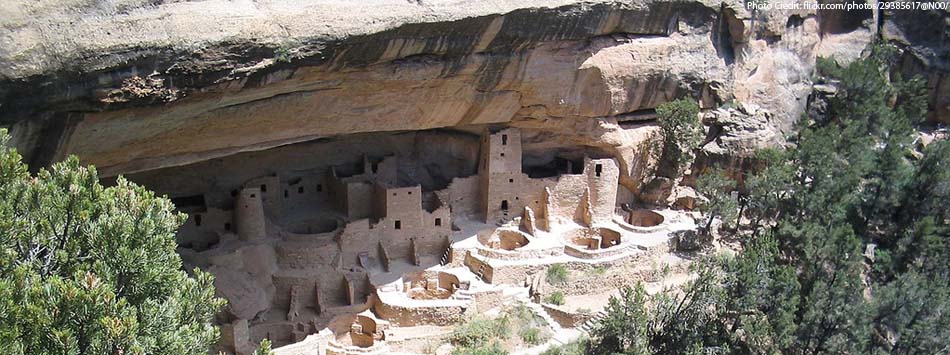In 1980, sixteen Danish fishermen were forced to jump into the North Sea after their fishing boat floundered. After about 1.5 hours in the water another boat approached and lowered a cargo net which they used to climb on board. They thanked their rescuers and they walked across the deck and went below to the galley where they were supposed to have hot drinks and warm up. Instead, all sixteen of them dropped dead.
They suffered from profound acute hypothermia.To understand how this might have been prevented, we need to understand what happens as hypothermia develops.
Chronic hypothermia is the lowering of the core temperature below 95 °F (35 °C) over a period of six hours or longer. This develops by simply not having enough clothing to maintain a thermal balance with the environment. The body uses vasoconstriction to reduce heat loss to the extremities by shutting down blood flow to them. The rescue of a chronic hypothermic individual requires the prevention of further heat loss. When the core temperature is above 90 °F (32 °C) virtually any method of handling the victim is fine. Heat may be added rapidly or slowly. The victim may engage in any activity they want. Just get them heat, shelter, food, hydration and rest.
Profound chronic hypothermia occurs when the core temperature is slowly lowered (six hours or more) to below 90 °F (32 °C). The vasoconstriction at this point will have caused a profound dehydration and a compacting and alteration of the blood to allow the tremendous decrease in blood volume. This individual needs to be handled very carefully. Rapid heat replacement can cause ‘rewarming shock’. This person needs gentle handling, slow addition of heat, prevention of further heat loss and litter evacuation. They cannot simply be wrapped up in a sleeping bag because they lack the energy to regenerate their lost body heat and rapid warming will likely kill them.
Acute hypothermia occurs when a person is subjected to a massive heat loss occurring in two hours or less (Like cold water immersion) The body doesn’t have time to make changes to the blood composition or volume. The danger is that even after rescue the core temperature can continue to drop to lethal levels because of the huge heat deficit. They can be allowed to move around but they need heat fast.
Profound acute hypothermia is when the person has been immersed for more than half the time it is expected that they would reach a lethal temperature. For example: If a naked person in ice water was expected to reach a lethal core temperature in one hour, they would be considered profoundly acute after half an hour of immersion. Profound acute hypothermics must not be allowed to run around. Often they are able to do so but it causes a massive movement of blood into the cold muscles and back to the core. This causes a temperature afterdrop that only adds to the massive heat deficit. The ideal treatment is rapid heat replacement such as a hot water bath of 110 °F (43 °C). If a bath is not available a large fire will do.
Profound acute hypothermia can progress to profound chronic hypothermia after the 2 hour mark of cold water immersion. Somewhere between 2-6 hours the body starts making changes to blood composition and it becomes more and more dangerous to rewarm the victim rapidly. They need to be treated as a profound chronic hypothermic.
